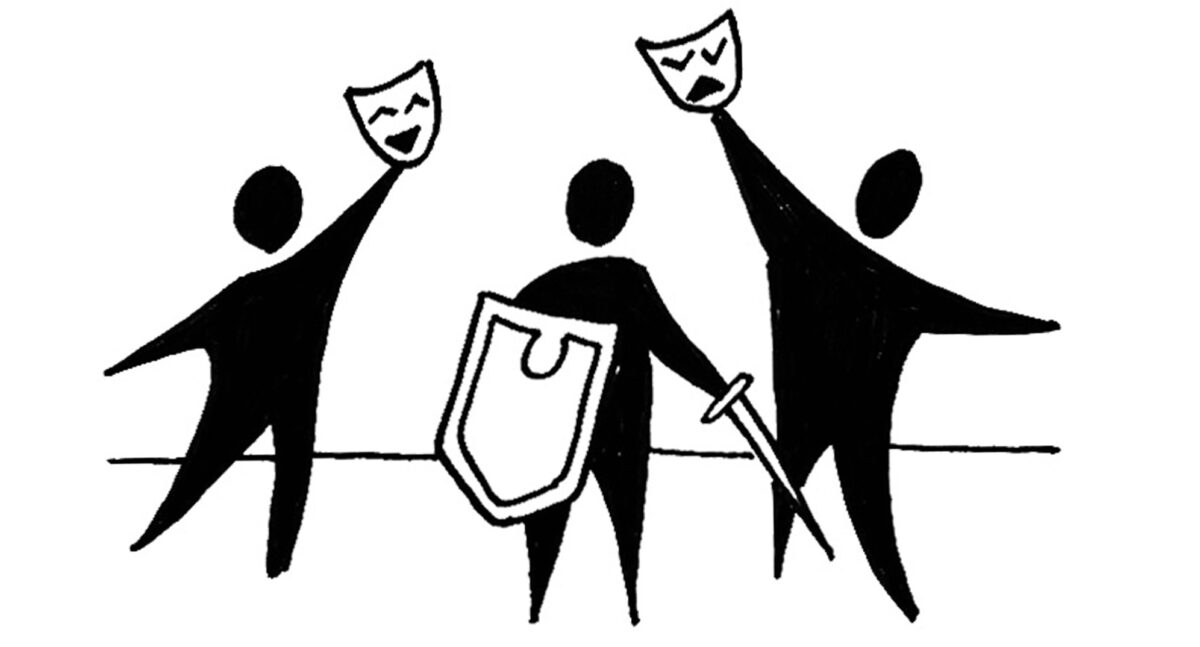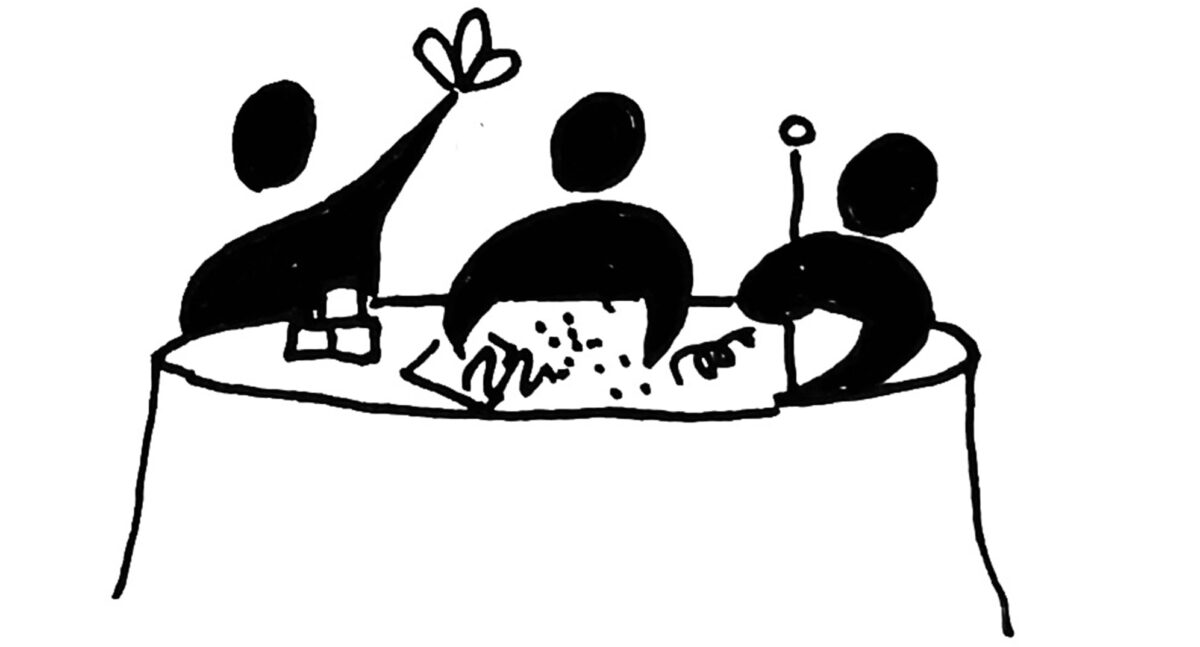Role plays are a way to rapidly test an idea and put it into action. The goal of the role play is to simulate the user experience for a product or service. The data gathered can then be used to refine an idea.
Steps:
- Brainstorm the various roles to be enacted in the story and write character descriptions or basic scripts for the situations in which individuals might use to prompt their own improvisation in the prototype.
- Select individuals to participate in the role-play. Instruct them to participate as fully and genuinely as possible, bringing their creativity to the role.
- Give participants time to carry out the role play, seeking to act as their character would in the specific situation. Those who are not acting as characters should be present as observers.
- Reflect on the interaction as a group, documenting from participants and observers what the experience was like and what user-experience information was learned in the process.
- Repeat the steps above, changing roles or aspects of the scenario to observe differences in the participant experience.
Considerations:
- Some role plays can be carried out with props or prototypes of ideas being tried out in the project to make them more real for participants.
- Beware of over scripting role play as the goal is for natural and spontaneous insights and experiences to happen.
- Be intentional with who is assigned the various roles. Role plays can be important for people to reconsider their own perspectives and biases. For example, it could be helpful for innovation team members who are steps removed from the direct experience to play the part of front-line staff or clients. Considerations
References:
- Role play in user Research | Think Design. (2020, January 9). Think Design. Retrieved from https://think.design/user-design-research/role-play/


